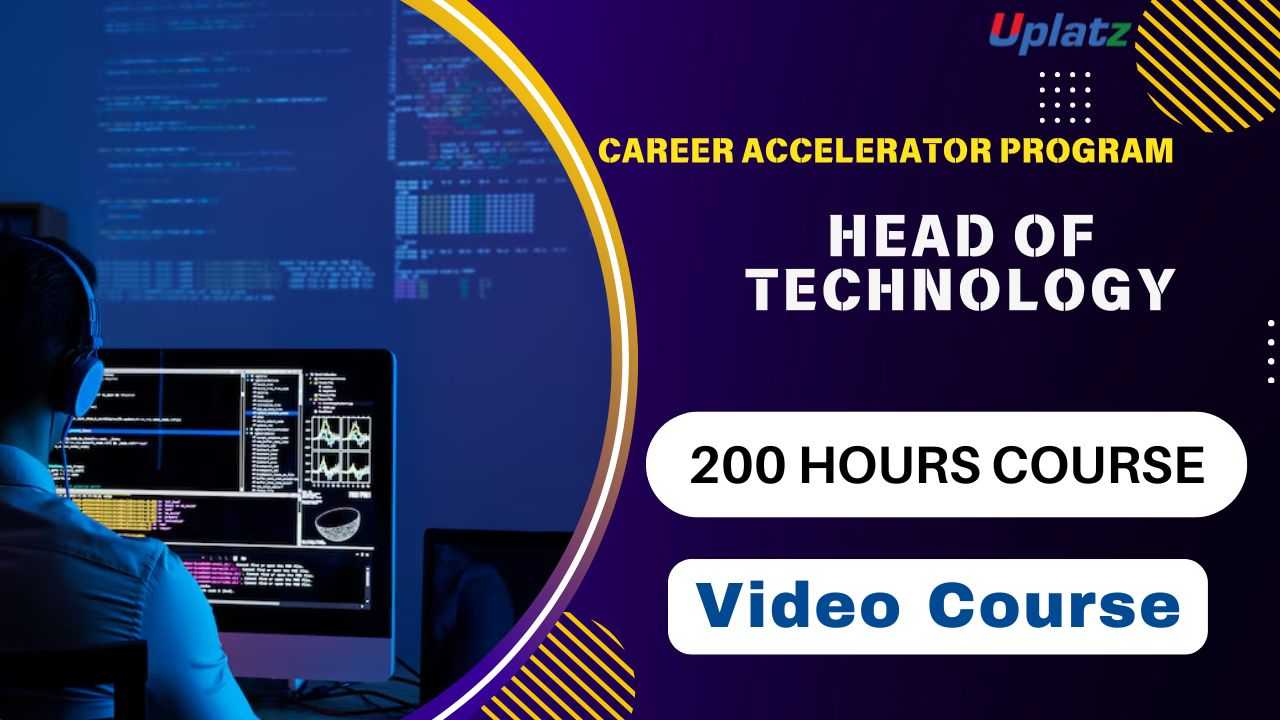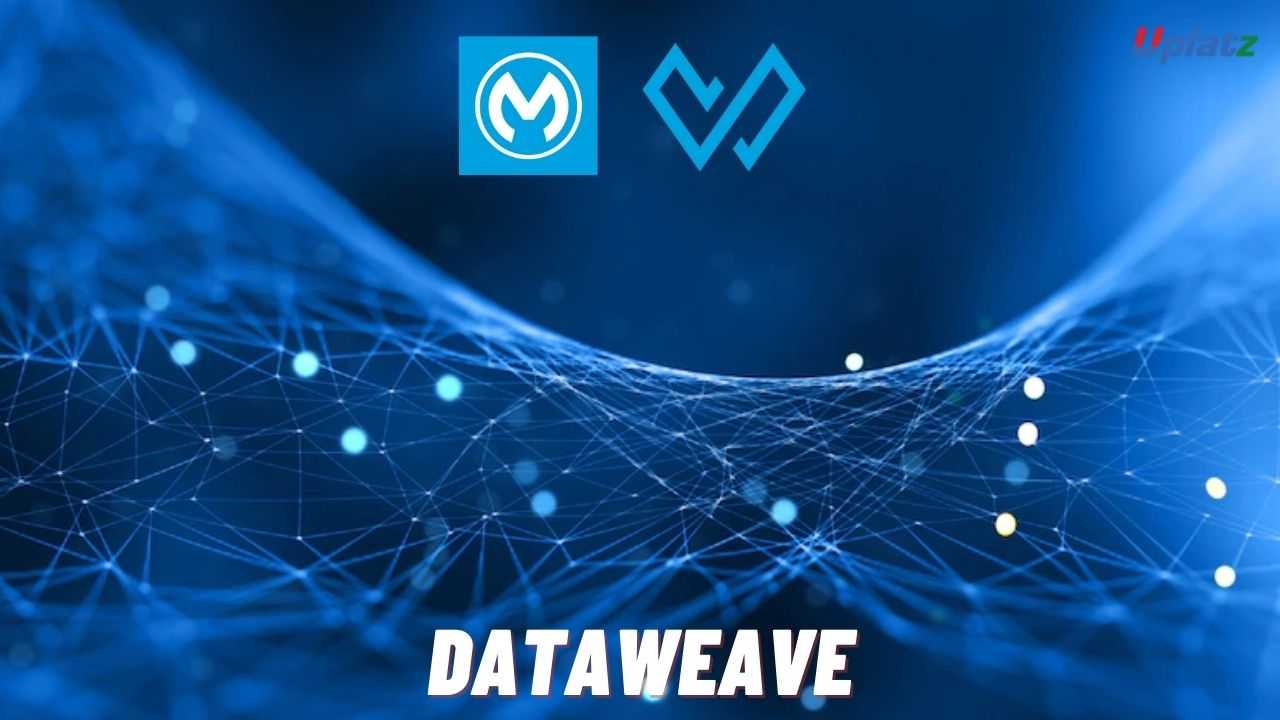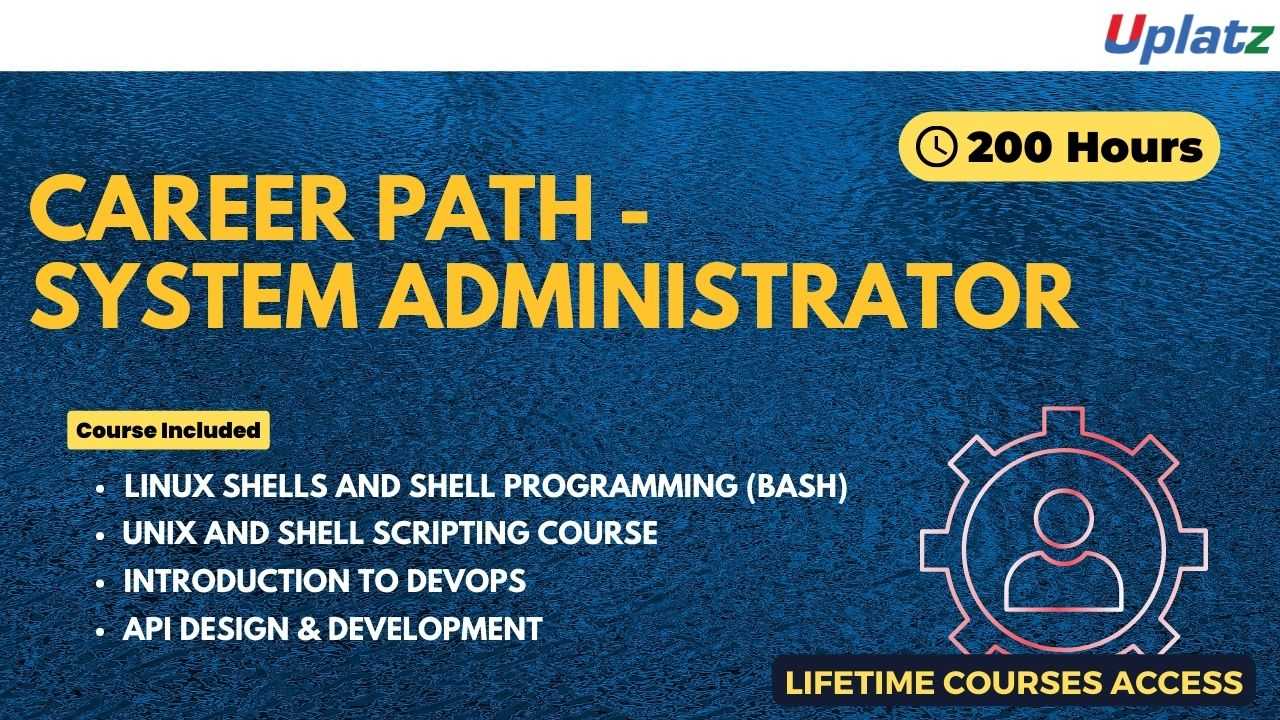IBM Mainframes for Professionals
Master IBM Mainframes including JCL, COBOL, VSAM, DB2, and CICS - essential skills for enterprise computing and legacy systems experts.Preview IBM Mainframes for Professionals course
Price Match Guarantee Full Lifetime Access Access on any Device Technical Support Secure Checkout Course Completion Certificate 91% Started a new career
BUY THIS COURSE (
91% Started a new career
BUY THIS COURSE (GBP 12 GBP 29 )-
 86% Got a pay increase and promotion
86% Got a pay increase and promotion
Students also bought -
-

- Career Accelerator - Head of Technology
- 200 Hours
- GBP 32
- 3257 Learners
-

- DataWeave Functional Programming
- 90 Hours
- GBP 12
- 958 Learners
-

- Career Path - System Administrator
- 200 Hours
- GBP 32
- 714 Learners

IBM Mainframes for Professionals – Online Course
The IBM Mainframes for Professionals course is an all-encompassing, self-paced learning program meticulously crafted for IT professionals who aim to build or enhance their careers in enterprise-level mainframe computing environments. Mainframes remain at the core of mission-critical systems in industries such as banking, insurance, healthcare, aviation, retail, and government. Despite the rise of cloud-native applications and distributed systems, mainframes continue to power the most transaction-heavy and data-sensitive operations worldwide. As such, professionals with mainframe expertise are highly sought after.
This course offers a structured and practical pathway for learners to dive deep into the world of IBM mainframes, equipping them with the necessary tools, techniques, and confidence to navigate complex enterprise infrastructures. It caters to a broad audience—software engineers, IT analysts, support engineers, system administrators, and aspiring mainframe developers—looking to build solid foundations or advance their existing knowledge of mainframe technologies.
Unlike superficial tutorials or scattered resources, this course has been carefully developed to take learners from the basics of IBM z/OS architecture to advanced operational and programming concepts. You will explore key mainframe components such as JCL (Job Control Language), COBOL programming, VSAM (Virtual Storage Access Method), DB2 (IBM's relational database system), and CICS (Customer Information Control System) transaction processing. These tools form the backbone of legacy enterprise systems and remain vital in ensuring large-scale business continuity.
What sets this course apart is its practical orientation. The curriculum not only explains the theory behind these systems but also immerses learners in simulated real-world environments through hands-on labs and interactive examples. As you work through the course, you’ll gain experience configuring job streams, writing COBOL programs, managing datasets, optimizing database operations, and developing transaction workflows. These experiences are reinforced with a capstone project designed to synthesize all the core components of mainframe operations into a tangible, job-ready deliverable.
The course is flexible and self-paced, which means you can learn at your convenience and progress according to your schedule. Whether you're a full-time professional seeking to upskill or a student exploring enterprise computing careers, this format allows you to balance learning with other commitments.
How to Use This Course
To get the most out of IBM Mainframes for Professionals, it is important to follow a structured approach:
- Start with the Foundations
Begin with the introductory modules that explain the evolution and importance of mainframes in today’s IT landscape. Understanding the architecture and core components of IBM mainframes will give you the necessary context for deeper learning. - Follow the Recommended Learning Path
The course is structured in a logical sequence, with each section building upon the previous one. It is highly recommended to progress through the modules in order to avoid knowledge gaps. The hands-on sections are placed strategically to reinforce learning from theoretical lessons. - Engage with the Practical Exercises
Throughout the course, you'll find interactive labs and real-world exercises that simulate mainframe environments. Actively participating in these labs is essential for building operational competence. Don’t skip these exercises—they provide the bridge between knowledge and experience. - Leverage Supplementary Resources
Take advantage of downloadable materials, reference documentation, and additional reading links provided alongside each module. These resources help deepen your understanding and provide you with tools you’ll likely use on the job. - Apply What You Learn
Where possible, replicate tasks and concepts in your own test environment. Practicing outside the course helps internalize the material. If you are employed in an organization that uses mainframes, try relating the lessons to your actual work environment. - Complete the Capstone Project
The final section of the course is a capstone project that brings together all the skills and concepts you've learned. Treat this project as a real-world assignment: it’s your opportunity to demonstrate your capability to design, implement, and troubleshoot mainframe systems. The project is especially valuable for showcasing your skills to employers or preparing for interviews. - Engage with the Community
If the course offers forums or discussion groups, be sure to participate. Engaging with peers can help clarify doubts, offer insights into industry practices, and enrich your learning experience. - Take Notes and Create a Reference Manual
As you progress, maintain a personal notebook or digital document summarizing commands, concepts, and procedures. This custom reference will serve as a valuable tool when you transition to applying these skills professionally.
By the end of this course, you will have developed both the theoretical understanding and the practical skills necessary to succeed in an enterprise environment powered by IBM mainframes. Whether you're preparing for a mainframe job, supporting legacy systems, or simply seeking to stay relevant in the fast-changing IT landscape, this course equips you with the expertise to make a meaningful impact.
IBM Mainframes for Professionals is more than just a training program—it’s a gateway to a career in one of the most resilient and high-demand areas of enterprise computing.
Course/Topic 1 - Course access through Google Drive
-
Google Drive
-
Google Drive
By the end of this course, learners will be able to:
- Understand the architecture, ecosystem, and evolution of IBM mainframes.
- Write and troubleshoot Job Control Language (JCL) scripts for batch processing.
- Build COBOL applications, handle files, and integrate them with DB2 databases.
- Work with VSAM datasets and use tools like IDCAMS for file management.
- Write SQL queries and connect DB2 to COBOL programs for data operations.
- Develop and debug CICS applications for real-time transaction processing.
- Deliver a full mainframe project using JCL, COBOL, DB2, VSAM, and CICS.
IBM Mainframes Course Syllabus
Module 1: Introduction to Mainframes
- Overview, architecture, z/OS introduction, batch/online processing, ecosystem, and vendors
Module 2: Job Control Language (JCL)
- JCL syntax, JOB/EXEC/DD statements, job submission, monitoring, error handling
Module 3: COBOL Programming
- COBOL structure, file handling, modular programming, debugging, integration with JCL
Module 4: Virtual Storage Access Method (VSAM)
- VSAM file types (KSDS, ESDS, RRDS), IDCAMS utility, VSAM file operations, tuning
Module 5: DB2 Database
- DB2 architecture, SQL programming, transactions, COBOL-DB2 integration
Module 6: Customer Information Control System (CICS)
- CICS basics, COBOL-CICS commands, transaction management, integration with DB2
Module 7: Capstone Project
- Hands-on project using all core technologies—design, development, presentation, peer review
Upon successful completion of the IBM Mainframes for Professionals course, learners will receive a Course Completion Certificate from Uplatz, validating their practical expertise in enterprise mainframe technologies and IBM systems.
This certification highlights your readiness to work on legacy systems in critical business environments. It demonstrates proficiency in key tools and languages such as COBOL, JCL, DB2, and CICS, making you a valuable asset for companies reliant on mainframe infrastructure.
The course also acts as a preparatory step toward formal certifications like the IBM z/OS Mainframe Practitioner, IBM Certified System Programmer, or COBOL programming certifications, which can further strengthen your credentials.
IBM Mainframe skills continue to power the backbone of the world’s largest corporations. This course opens up robust career opportunities in high-stakes environments such as finance, telecom, and government sectors.
Career Opportunities After This Course
- Mainframe Application Developer (COBOL/JCL)
- Mainframe Systems Programmer
- IBM z/OS Systems Analyst
- DB2 Database Administrator
- CICS Developer or Support Engineer
- VSAM/Data Storage Specialist
- Legacy System Modernization Consultant
Industries Hiring Mainframe Professionals
- Banking & Financial Services
- Insurance & Reinsurance
- Government & Public Sector
- Retail & Manufacturing
- Telecom & Utilities
- Transportation & Airlines
- IT Services & Infrastructure Providers
1. What is a mainframe and why is it still used today?
Mainframes are powerful computers designed for high-volume, reliable transaction processing. They’re still used due to unmatched security, scalability, and legacy system dependency.
2. What is JCL and why is it important?
JCL (Job Control Language) is used to submit batch jobs in a mainframe environment. It controls which programs run and how resources are allocated.
3. What are the divisions in a COBOL program?
COBOL programs include the Identification, Environment, Data, and Procedure divisions—each serving a specific role in defining and executing the program.
4. What are the types of VSAM datasets?
Key types include KSDS (Key Sequenced), ESDS (Entry Sequenced), and RRDS (Relative Record). Each type serves different access and performance needs.
5. How do you connect DB2 with COBOL?
Using EXEC SQL statements in COBOL to embed SQL queries. The program is then precompiled and compiled using DB2-CICS compilers.
6. What is CICS used for?
CICS (Customer Information Control System) is IBM’s transaction server used for high-performance online transaction processing.
7. What are the components of DB2 architecture?
Main components include the Database Services Module, Buffer Manager, and System Services Module. Together they manage storage, processing, and access.
8. How do you handle file I/O in COBOL?
Using READ, WRITE, REWRITE, and DELETE statements, depending on file organization—sequential, indexed, or relative.
9. What is IDCAMS?
IDCAMS is a utility used to define and manage VSAM datasets, including creation, deletion, listing, and repro (copying) operations.
10. What is a real-world example of using JCL and CICS together?
A batch JCL job can prepare input data, while CICS handles real-time processing such as user transaction updates to DB2.









